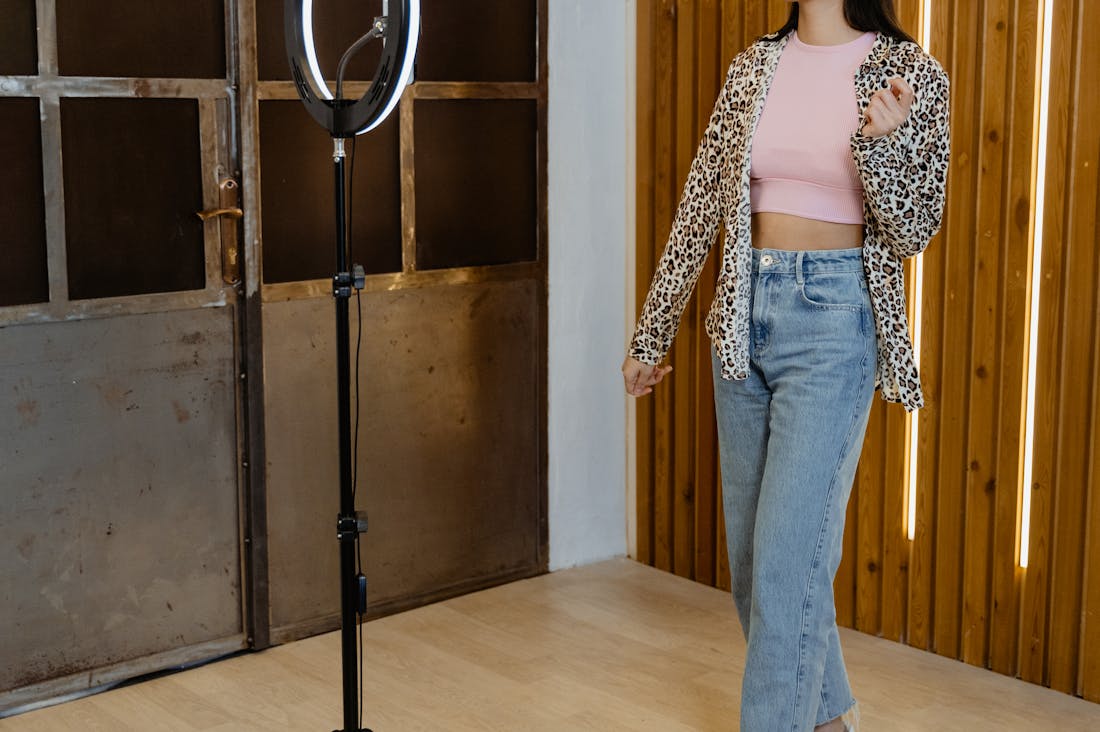In today's world, the fusion of style and technology is reshaping the fashion landscape in unprecedented ways. Innovations such as smart textiles, 3D printing, and augmented reality are not only altering design processes but also transforming the way consumers interact with fashion. This exploration delves into how these advancements are influencing trends, creating unique experiences, and redefining aesthetic norms across the industry. As we navigate this dynamic intersection, we uncover the implications for designers, brands, and consumers alike, highlighting a future where technology is an essential component of style craftsmanship. Join us as we examine the evolution and potential of this exciting synergy.

Tech Innovations in Fashion Design
Tech innovations are revolutionizing the fashion design industry, reshaping everything from concept to production. Advanced software tools now enable designers to create intricate 3D models, allowing for virtual fittings and simulations that save both time and resources. Moreover, artificial intelligence is increasingly utilized to predict trends by analyzing consumer behavior and preferences, helping brands tailor their collections with unprecedented accuracy. Sustainable materials, such as textiles made from recycled plastics and bio-engineered fabrics, are gaining traction, emphasizing eco-friendliness in fashion. Wearable technology, including smart textiles embedded with sensors, further enhances garments, making them functional while maintaining aesthetic appeal. This blend of technology and creativity is paving the way for a more innovative and sustainable future in fashion.

The Role of Social Media in Fashion Trends
Social media has fundamentally transformed the landscape of fashion trends, serving as both an inspiration and a platform for expression. With billions actively engaging on platforms like Instagram, TikTok, and Pinterest, fashion influencers and brands can disseminate their styles instantly, reaching global audiences. The immediacy of social media allows trends to surface rapidly, often gaining momentum through viral challenges or hashtags. This democratization of fashion empowers individuals to interpret and recreate looks, making style accessible to a wider demographic. Additionally, social media fosters community, where users share their fashion choices, curate their feeds, and engage in discussions, ultimately shaping the industry's direction and influencing designers.

Sustainable Fashion through Technology
Sustainable fashion through technology represents a transformative approach that integrates innovative solutions to mitigate environmental impact while promoting ethical practices in the apparel industry. Advancements such as artificial intelligence and machine learning enable brands to predict trends and optimize inventory management, reducing waste and overproduction. Additionally, digital tools like 3D modeling and virtual fitting rooms enhance the design process, allowing for prototypes to be created and tested virtually, minimizing the need for physical samples. Moreover, blockchain technology fosters transparency in supply chains, ensuring that consumers can trace the origins of their clothing, thereby supporting ethical sourcing and fair labor practices. Together, these technological advancements not only streamline production processes but also encourage a shift towards a more sustainable and responsible fashion ecosystem.
AI-Assisted Content Disclaimer
This article was created with AI assistance and reviewed by a human for accuracy and clarity.